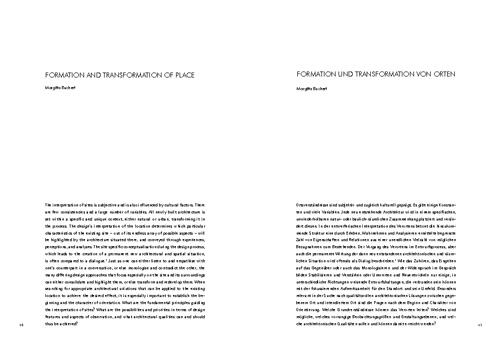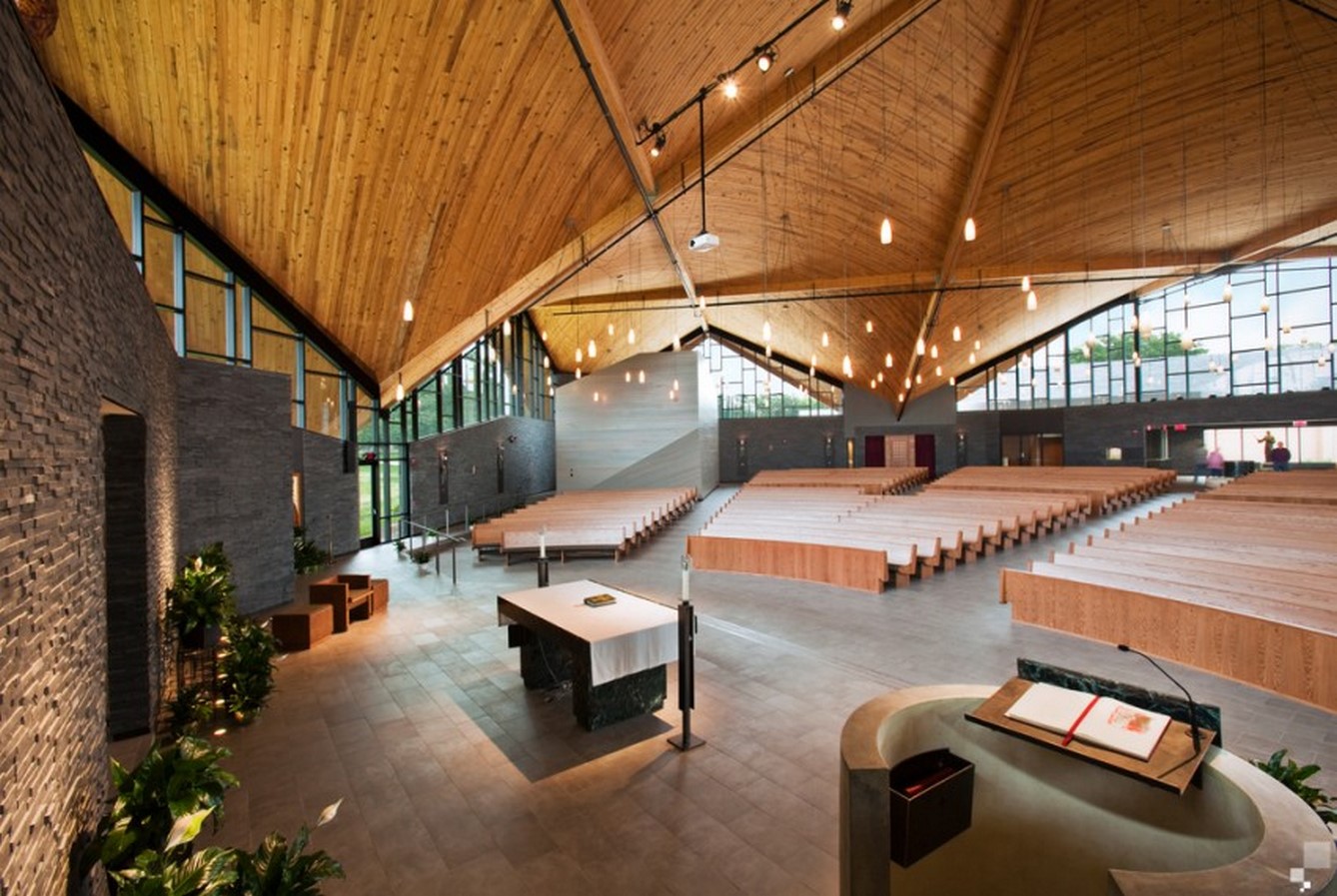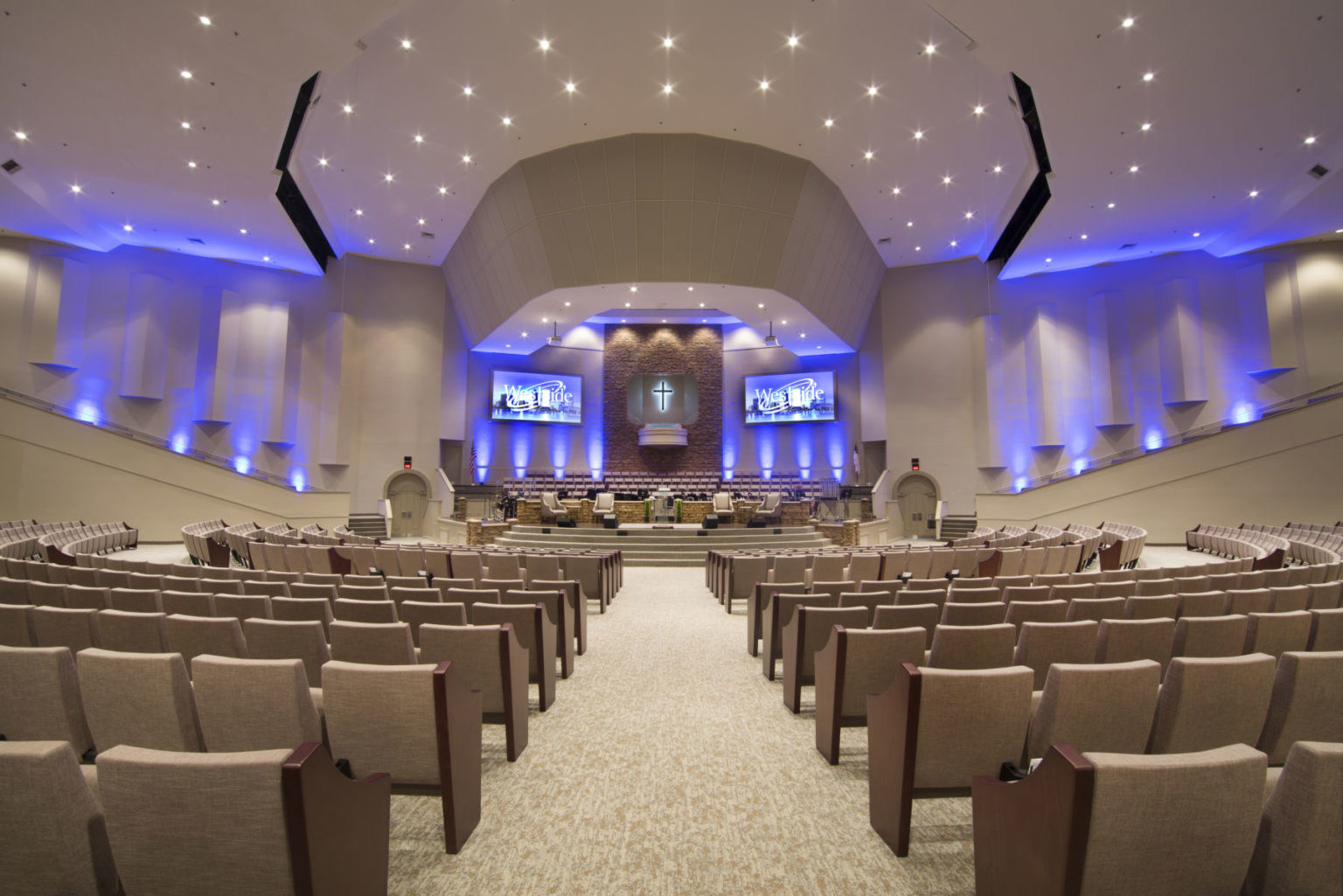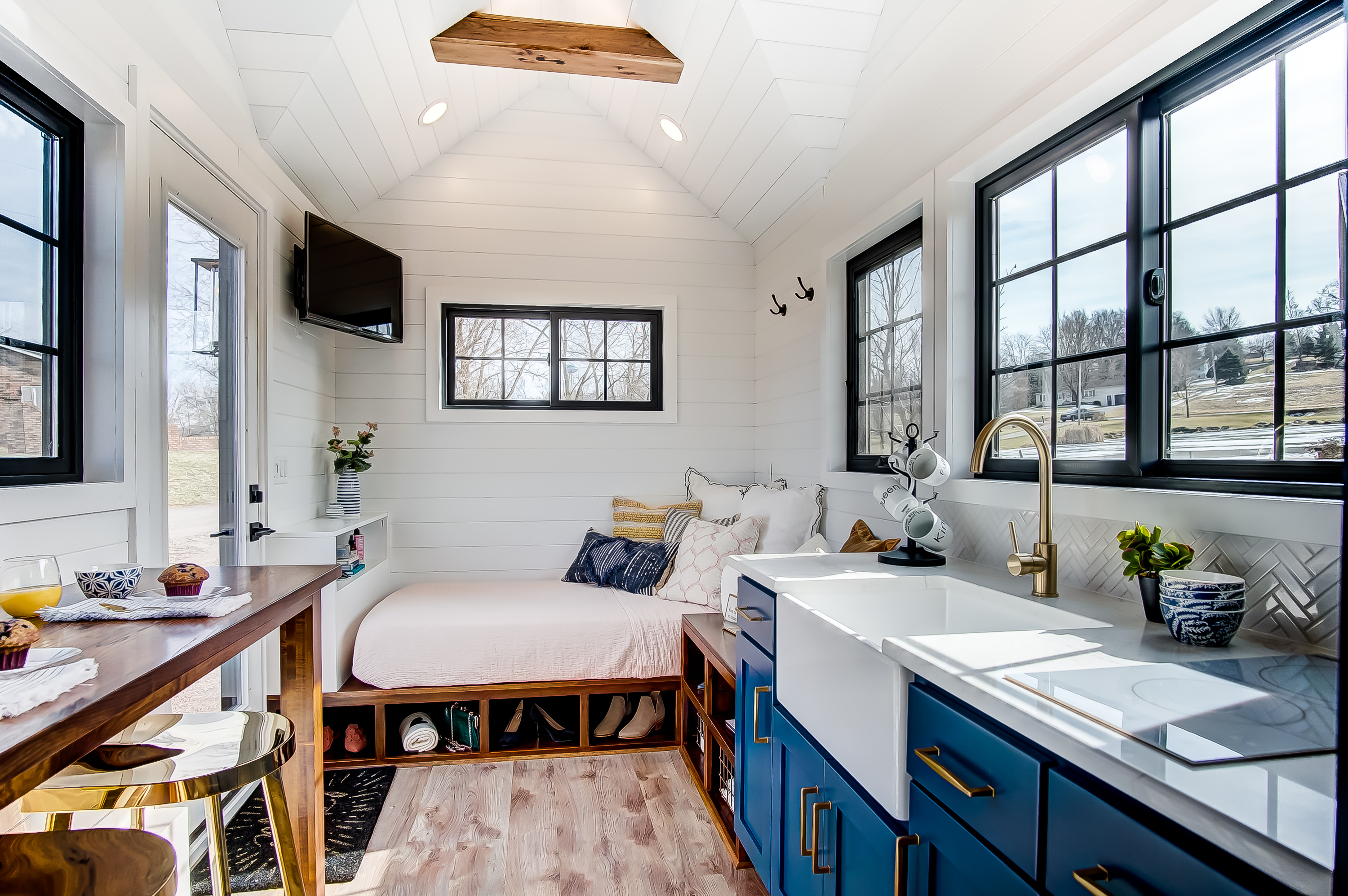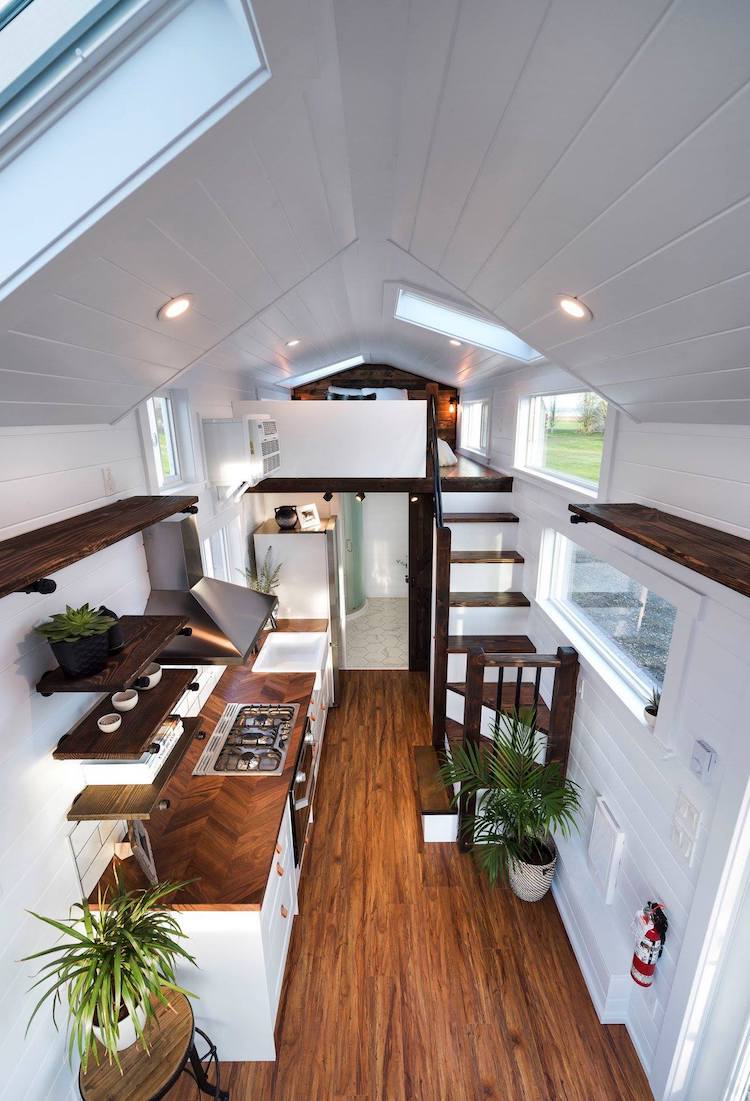Table Of Content
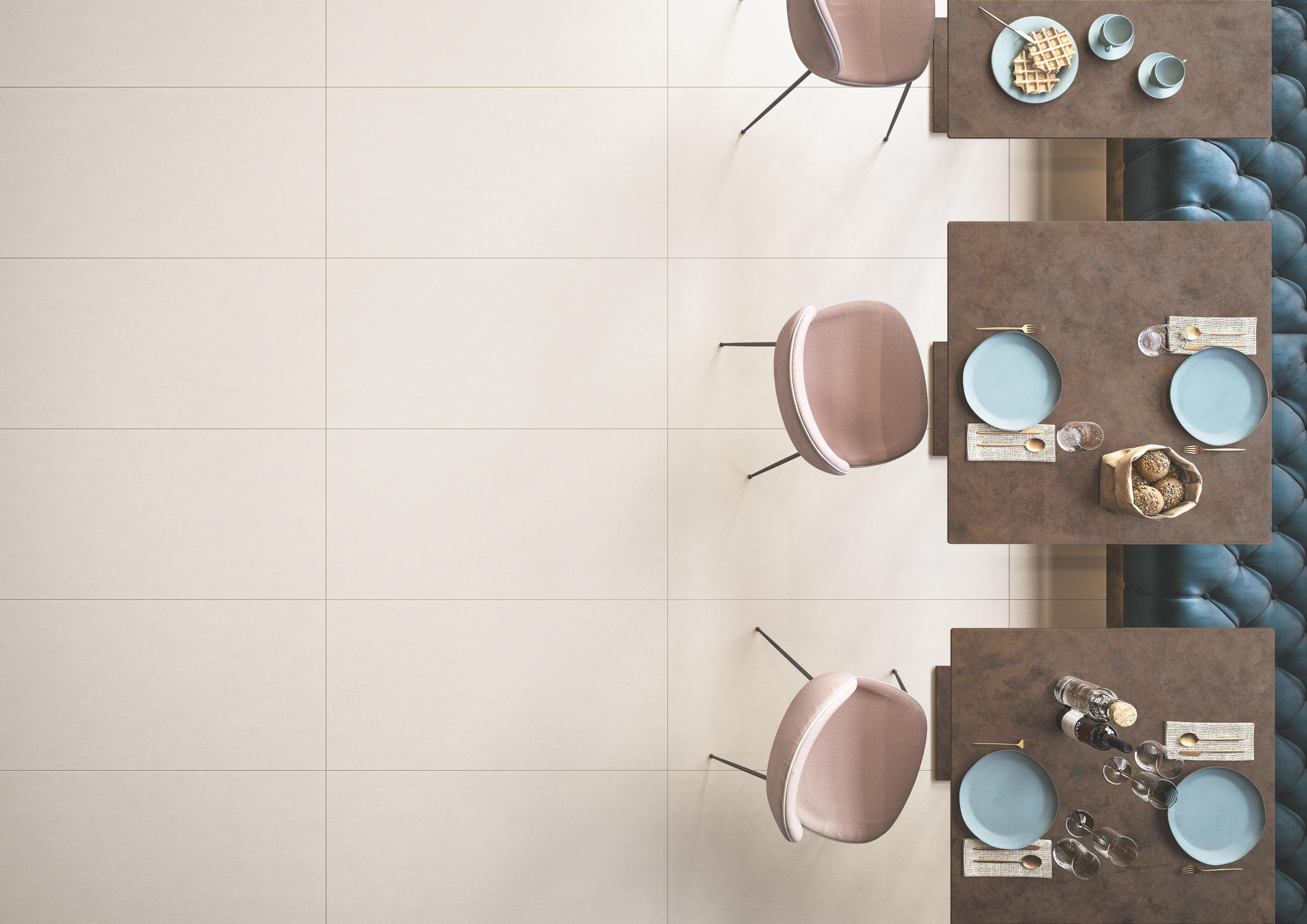
When there’s looks not backed by proper functionality, it’s empty. When it’s just handy and useful, there’s no emotion tied to it and it is also bad. To find the balance between usability and aesthetics, we need to know how attention works and what makes something perceived as beautiful. It might appear that design, especially the digital one, takes itself too seriously. Indeed, there are usability geeks who don’t believe in the impact of design. They exemplify it by the unattractive likes of Reddit and Craigslist.
Home Elements Design Studio, Elle Design & Decor to move to Verot School Road building - The Advocate
Home Elements Design Studio, Elle Design & Decor to move to Verot School Road building.
Posted: Fri, 06 Dec 2019 08:00:00 GMT [source]
What is the balance design principle?

In either case, we understand it to be a device by which we can understand the relationship between places; how to get from "here" to "there." If there are two points, immediately the eye will make a connection and "see" a line. If there are three points, it is unavoidable to interpret them as atriangle; the mind supplies the connections. This compulsion to connect partsis described as grouping, or gestalt. Receive weekly practical tips on how to communicate visually, right in your inbox.
Cite according to academic standards
There’s a logo at the top, a menu at the top, and then elements in descending order of importance below. So while repetition can just help you make a sweet iPhone wallpaper, it’s a crucial tool for any company looking to build a visual identity and brand recognition. Radial balance is when elements “radiate” from a point in the centre of a design. Think of rays shining from the sun, petals blossoming from a rose, or a squirt of tomato sauce in the middle of a juicy meat pie.
Principle 1: Contrast
In this blog, you will learn what are the elements of design and why are they important for designers. It makes any visual design unique and can increase the visual value of any given element. When it comes to design, color is one of the first things that both users and designers notice.
Simplify content creation and brand management for your team
Value also defines the spatial relationship between elements. If color values are close between the elements and space, then the design will look flat. If there is a strong contrast between the elements, then the form will be extremely noticeable. The example below features multiple colors with multiple values, which helps add a sense of depth to the design.
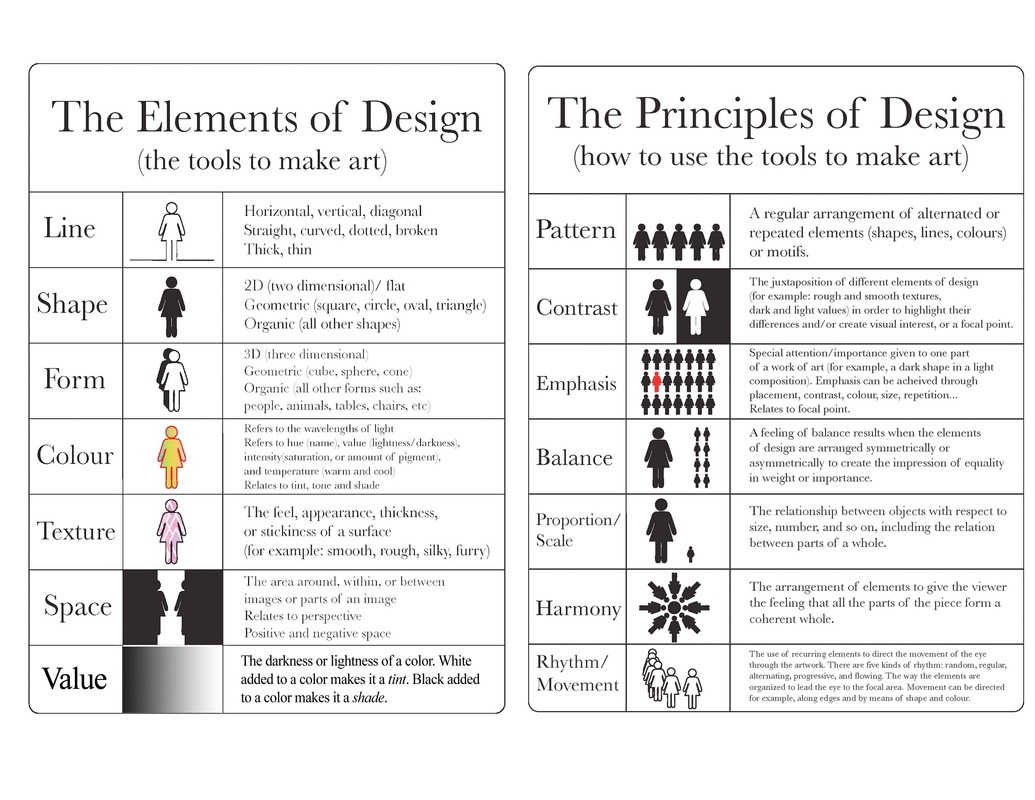
Learn More about Design Principles
Emphasis is also used to create a visual hierarchy in design. This is where certain elements guide the viewer's eye through a planned sequence of elements. They can bridge connections to form other elements like lines but can also be used alone to create patterns and texture. Sometimes less is more, and sometimes less is everything, so space makes sure everything is where it’s supposed to be on your design.
It can be rough, smooth, hard, or soft to the touch or simply appear that way. The image above is mostly made up of shapes - from the large circle depicting the sun to the birds and the silhouette-like buildings. The lines in this image run in every direction, some parallel and others perpendicular to each other. They're also used to add details to the buildings and individual bricks to the wall.
They play with light, shadow, and perspective to create illusions of depth and dimensionality. This artistic technique adds layers of visual complexity to compositions, making them more attractive. By strategically arranging forms, designers can guide the viewer’s gaze, evoke emotions, and shape narratives. In essence, form is the cornerstone of spatial expression, allowing designers to move beyond the 2D canvas and unlock the limitless possibilities of the third dimension. If you want to be creative with your designs, you can leverage negative space by manipulating it and forming an object, a shape, or an animal. When you use it strategically, you can genuinely create stunning designs that draw people’s attention.
Build your UX design skills online
They act as the basic tips which shape the whole structure of a design project and add value to each phase. These elements also help in evaluating the composition of design work. Size is an essential aspect of design that refers to objects’ physical dimensions and proportions.
Let’s take a closer look at each element of design to have a better understanding of how they work and how to use them. A solid understanding of these concepts gives you the ability to understand your design pieces and others you come across. You’ll be able to dissect a design piece and see the behind-the-scenes process.
Shapes are two-dimensional and can range from simple organic shapes to one's more complex, like geometric shapes. You'll learn each visual element from point to texture and how they contribute to creating a visual composition. Knowing these concepts will give you an edge, whether you're a graphic designer, an aspiring artist, or a creative enthusiast. The red, green, blue (RGB) combo is the best choice for digital designs. After finishing your design, the colors won’t change once you post them online for people to view on screen.
It's essential for making things look three-dimensional and also adds direction and hierarchy. Rhythm is like a combination of pattern, movement, and repetition. Picasso's work used a lot of rhythm, and other artists with a distinct brand or feel are quite rhythmic. It creates consistency, especially in web design tools, where things like colors and buttons need congruence to build trust and familiarity.


